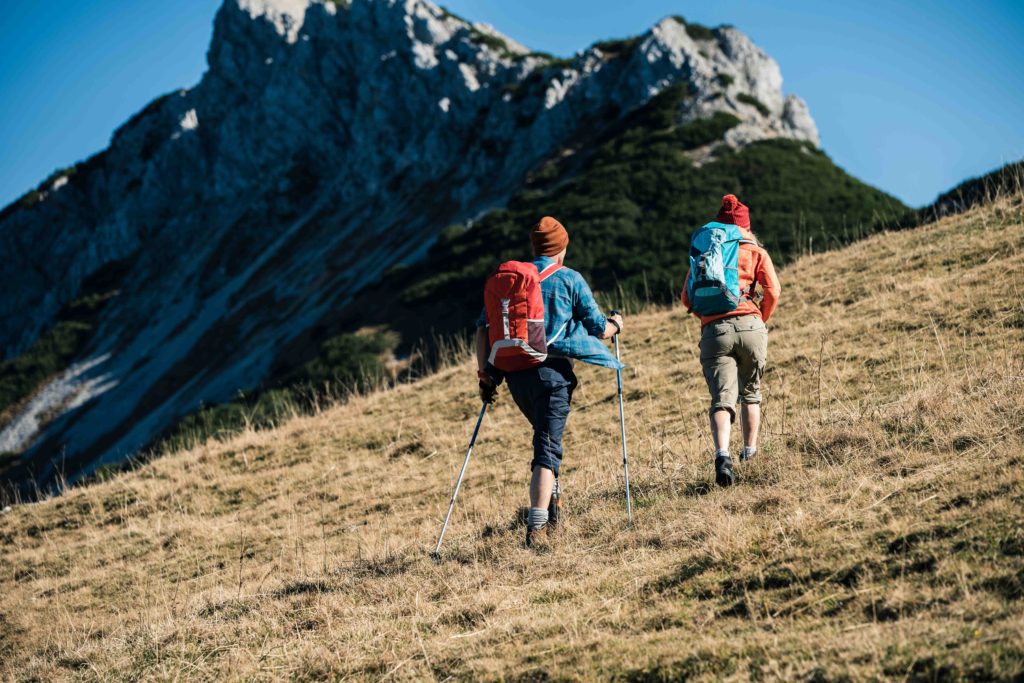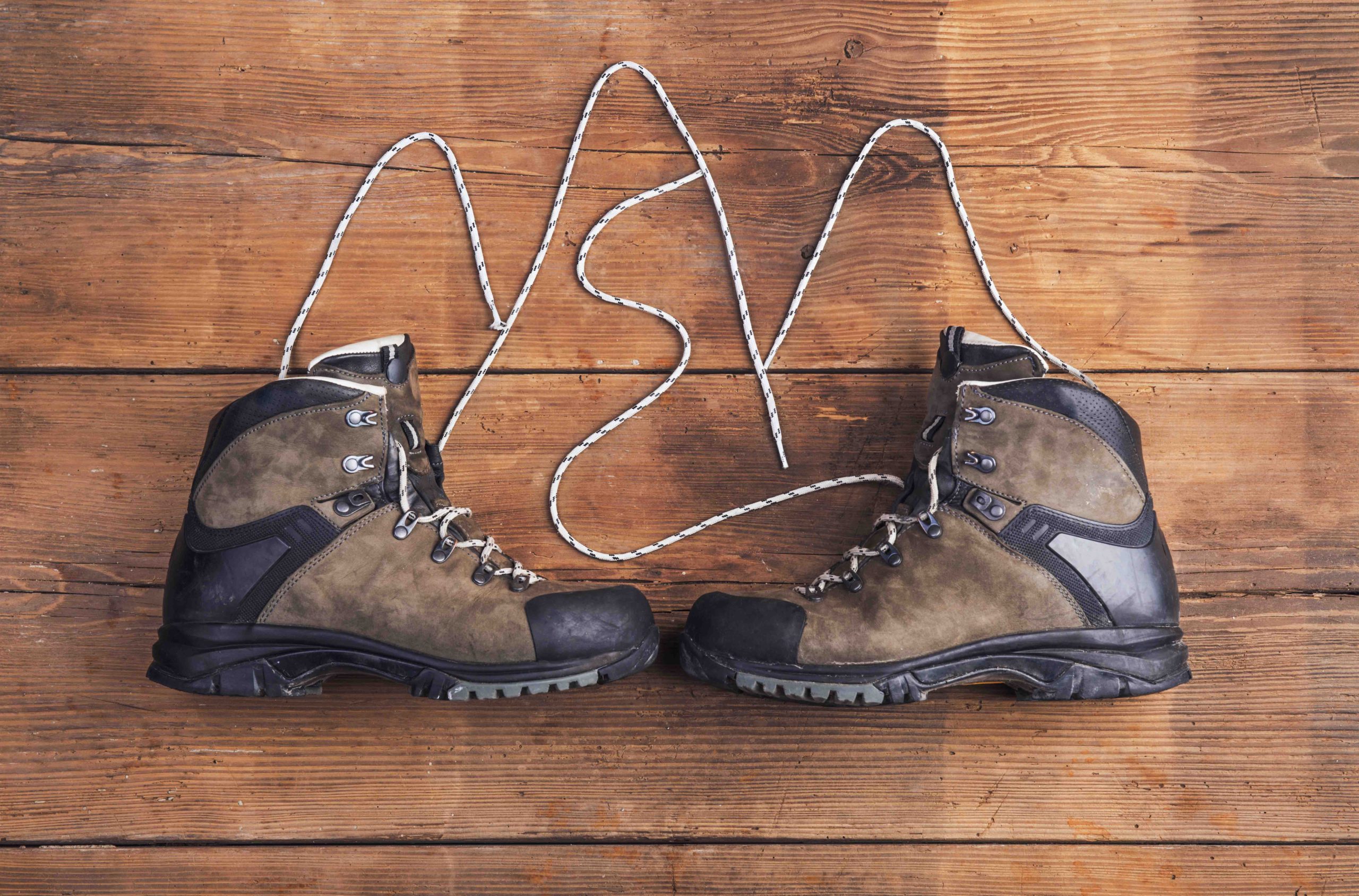Going on a pilgrimage or a long distance hike in Europe is a thrilling way to connect with nature and challenge your physical limits. Whether you’re planning a week along the Via Francigena or an entire month along the Camino de Santiago, choosing the perfect hiking shoes and having the right footwear is crucial. Long distance hiking demands a special kind of shoe that provides comfort, support, and durability. In this guide, we’ll walk you through the key factors to consider when selecting the perfect long distance hiking shoes.
1. Know Your Terrain
The first step in choosing the right hiking shoes is to understand the terrain you’ll be covering. Different trails demand different types of footwear. For instance, if you’re hiking in rocky or rugged terrain, you’ll need shoes with excellent ankle support and sturdy soles. If you’re exploring gentler, well-maintained trails, lighter and more flexible shoes may suffice.


2. Consider the Fit
Fit is perhaps the most critical aspect of choosing the perfect hiking shoes. Ill-fitting shoes can lead to blisters, hot spots, and discomfort, especially during long hikes. Here are some tips for finding the perfect fit:
- Visit a Specialty Store: Seek out a store with knowledgeable staff who can measure your feet and recommend suitable options.
- Try on Multiple Sizes: Feet can change size over time, so don’t assume you’re the same size as you were last year. Try on a variety of sizes and brands to find the best fit.
- Consider Sock Thickness: If you plan to wear specific hiking socks, bring them with you to the store to ensure an accurate fit.
3. Choose the Right Type of Shoe
Hiking shoes come in various styles, each designed for different types of terrain and activities. Here are the three main categories:
- Hiking Shoes: These are low-cut shoes ideal for well-maintained trails. They provide good traction and are lighter, making them a popular choice for day hikes.
- Hiking Boots: Offering more ankle support, hiking boots are suitable for rougher terrains with potential ankle-twisting hazards. They also provide extra protection against water, mud, and debris.
- Trail Runners: If you’re covering long distances and need a lightweight, breathable option, trail runners might be the right choice. They are versatile and suitable for a wide range of terrains.
4. Consider Waterproofing
If you plan to hike in wet or muddy conditions, investing in waterproof shoes can make a significant difference in your comfort and overall experience. Keep in mind that waterproof shoes may not be as breathable as non-waterproof options, so consider the climate and conditions of your typical hiking environment.
5. Prioritize Support and Stability
For long distance hikes, ankle support and overall stability are crucial. Look for shoes with features like reinforced heels, cushioned midsoles, and solid outsoles. Additionally, shoes with a rigid shank or plate under the arch can provide extra stability on uneven terrain.
6. Traction is Key
Proper traction is essential for maintaining your footing on slippery or uneven surfaces. Look for shoes with rubber outsoles that have deep, multidirectional lugs. Vibram soles are a popular choice due to their excellent grip and durability.
7. Consider Weight
While lighter shoes may be more comfortable for long distances, they often sacrifice durability and support. Strike a balance between weight and functionality based on the type of terrain you’ll be navigating.
8. Test for Comfort and Flexibility
After narrowing down your options, spend some time walking around in the shoes. Pay attention to any pressure points, rubbing, or discomfort. Your feet should feel supported and comfortable from the first step.
9. Break Them In
Before embarking on a long distance hike, make sure to break in your new shoes. Wear them on shorter hikes or for everyday activities to allow them to mold to your feet and reduce the risk of blisters.
Selecting the right long distance hiking shoes is a critical decision that can significantly impact your hiking experience. Take the time to consider your specific needs, the type of terrain you’ll be covering, and prioritize fit, support, and traction. With the perfect pair of hiking shoes, you’ll be well-equipped to tackle any trail and create unforgettable outdoor memories. Happy hiking!

